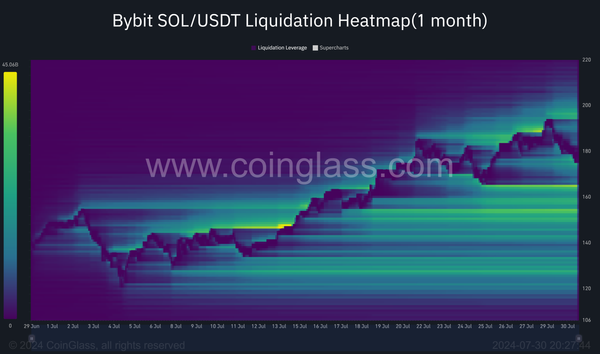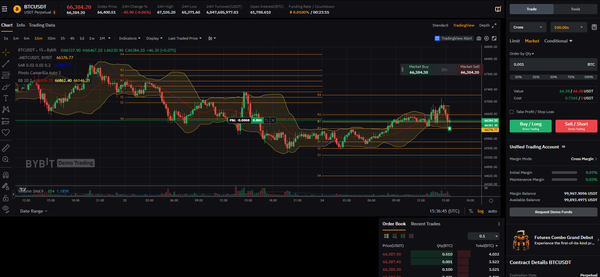Navigating the Impact of Funding Fees on Trading Strategies

Funding fees play a crucial role in trading perpetual crypto futures, a type of derivative product popular in the cryptocurrency market. These fees are unique to perpetual contracts, which are futures contracts without an expiry date, allowing traders to hold positions indefinitely. Understanding how funding fees work is crucial for anyone trading these instruments.
Purpose of Funding Fees
- Market Balance: The primary purpose of funding fees is to ensure that the price of the perpetual futures contract remains closely aligned with the underlying asset's spot price. Without an expiry date to anchor its value, the perpetual contract's price could significantly diverge from the spot price. Funding fees act as a mechanism to keep this divergence in check.
- Encouraging Fair Price Discovery: By incentivizing traders to take positions that move the futures price towards the spot price, funding fees facilitate fair price discovery in the market.
How Funding Fees Work
- Payment Between Long and Short Positions: Funding fees involve periodic payments between traders holding long positions (those betting on a price increase) and those holding short positions (betting on a price decrease). The direction of this fee payment depends on the relationship between the futures price and the spot price.
- Fee Determination: The fee is typically determined by the difference between the perpetual contract's price and the spot price of the underlying asset. If the perpetual contract trades at a premium to the spot price, long position holders pay the funding fee to those holding short positions. Conversely, if the contract trades below the spot price, short position holders pay the fee to those in long positions.
- Funding Rate: The funding fee is calculated based on a funding rate, which is periodically adjusted (often every 8 hours) based on market conditions. This rate is usually a small percentage of the position size.
- Impact on Trader's Profit and Loss: For traders, funding fees can impact the overall profitability of their positions. Holding a position in the direction that requires paying the funding fee can erode profits or increase losses, especially if held for extended periods during times of high funding rates.
Strategic Considerations
- Trading Strategy: Traders need to consider the impact of funding fees on their trading strategies, especially for long-term positions. In markets with high funding rates, the cost of maintaining a position can be significant.
- Market Sentiment Indicator: The funding rate can also serve as an indicator of market sentiment. A high funding rate might indicate that many traders are bullish, while a low or negative rate could suggest bearish sentiment.
- Arbitrage Opportunities: In some cases, differences between the futures price and the spot price can create arbitrage opportunities. Astute traders can exploit these discrepancies for profit, though such strategies require careful risk management.
In summary, funding fees are a critical component of perpetual crypto futures trading, helping to align the futures price with the spot price and influencing traders' strategies and profitability. Understanding and monitoring these fees is essential for effective trading in the perpetual futures market.




